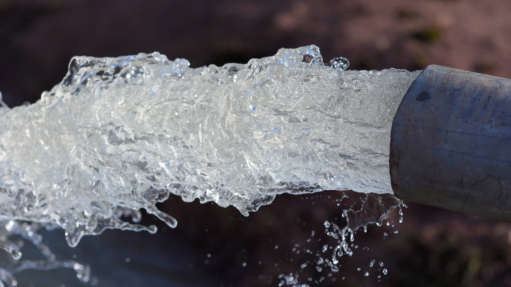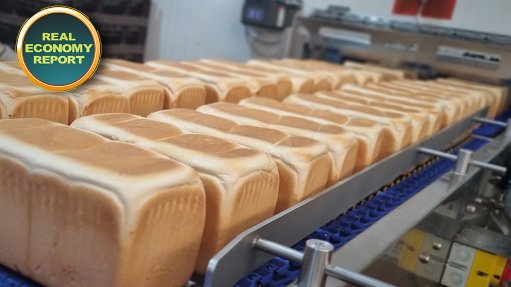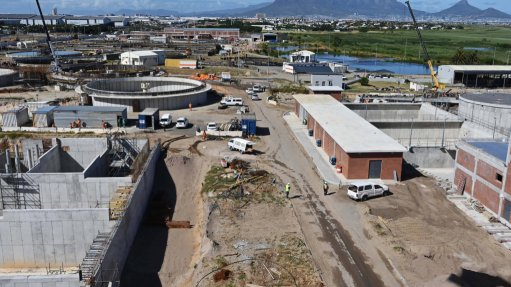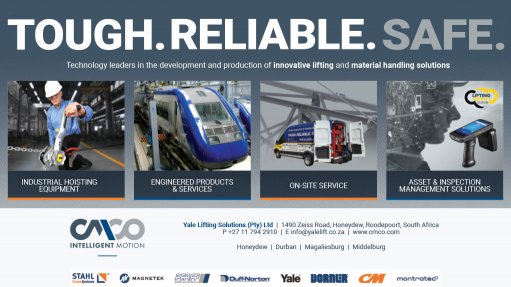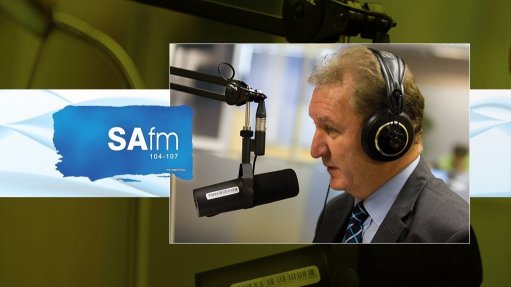Recycling tech boosted by crystallisation research
An innovative method for aluminium recycling has been boosted by research showing the microscopic changes that take place when molten alloys cool.
University of Birmingham School of Metallurgy and Materials researcher Dr Biao Cai used sophisticated high-speed X-ray imaging to record the formation of micro-crystals as alloys cool and solidify, under a magnetic field.
A mathematical model was developed by his collaborator Dr Andrew Kao from the University of Greenwich to predict whether micro-crystals would form, and what shape they would have.
The model predicted that helical ‘screw-like’ crystals would form under the influence of strong magnetic stirring, and the high-speed X-ray confirmed that this occurred.
Although these elegant crystals are just micro-meters wide – which are ten times smaller than a human hair – they have implications for industrial-scale processes.
“These microscopic crystals ultimately determine the physical properties of the alloy. To be able to adjust their shape, structure and direction of growth will enable us to perfect processes for both manufacturing and recycling of metals and alloys.”
Cai has already invented a technique to improve aluminium recycling by removing iron. Iron is a detrimental element that can make aluminium brittle and limit its use in premium applications such as aircraft.
Each year, millions of tonnes of aluminium are produced for transportation, packaging, construction, and electrical appliances and household items.
Recycling aluminium uses 10% of the energy, and releases just 5% of the carbon dioxide compared with primary aluminium production.
Aluminium can be recycled forever: It can be melted down and reformed without losing any quality, and the process can be repeated over and over again.
Existing methods for removing iron during recycling are either expensive or inefficient, but Cai’s simple, inexpensive technique uses magnets and a temperature gradient to remove iron contamination.
The invention has been patented by University of Birmingham Enterprise and supported by the Midlands Innovation Commercialisation of Research Accelerator, which awarded Cia a grant to build a large-scale prototype.
Comments
Press Office
Announcements
What's On
Subscribe to improve your user experience...
Option 1 (equivalent of R125 a month):
Receive a weekly copy of Creamer Media's Engineering News & Mining Weekly magazine
(print copy for those in South Africa and e-magazine for those outside of South Africa)
Receive daily email newsletters
Access to full search results
Access archive of magazine back copies
Access to Projects in Progress
Access to ONE Research Report of your choice in PDF format
Option 2 (equivalent of R375 a month):
All benefits from Option 1
PLUS
Access to Creamer Media's Research Channel Africa for ALL Research Reports, in PDF format, on various industrial and mining sectors
including Electricity; Water; Energy Transition; Hydrogen; Roads, Rail and Ports; Coal; Gold; Platinum; Battery Metals; etc.
Already a subscriber?
Forgotten your password?
Receive weekly copy of Creamer Media's Engineering News & Mining Weekly magazine (print copy for those in South Africa and e-magazine for those outside of South Africa)
➕
Recieve daily email newsletters
➕
Access to full search results
➕
Access archive of magazine back copies
➕
Access to Projects in Progress
➕
Access to ONE Research Report of your choice in PDF format
RESEARCH CHANNEL AFRICA
R4500 (equivalent of R375 a month)
SUBSCRIBEAll benefits from Option 1
➕
Access to Creamer Media's Research Channel Africa for ALL Research Reports on various industrial and mining sectors, in PDF format, including on:
Electricity
➕
Water
➕
Energy Transition
➕
Hydrogen
➕
Roads, Rail and Ports
➕
Coal
➕
Gold
➕
Platinum
➕
Battery Metals
➕
etc.
Receive all benefits from Option 1 or Option 2 delivered to numerous people at your company
➕
Multiple User names and Passwords for simultaneous log-ins
➕
Intranet integration access to all in your organisation







